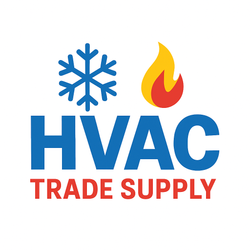0412 333 115
0412 333 115
Dial in comfort, cut energy waste, and prove your results with our curated range of airflow hoods. Whether you call it a flow hood, air balancing hood, or airflow capture hood, this collection is built for busy Aussie tradies who want dependable readings and tidy, repeatable workflows on site.
An airflow hood measures supply and return CFM or L/s at grilles and diffusers, so you can balance systems quickly and document results with confidence. That means fewer hot/cold spots, quieter operation, and happy clients.
Common search terms our customers use include airflow hood, airflow hood meter, airflow capture hood, and even brand-led queries like TSI airflow hood or CPS airflow hood. However you say it, you’ll find a dependable solution here.
Round out your kit with an anemometer or manometer for spot checks and duct diagnostics. For ongoing tips and commissioning walk-throughs, visit our HVAC Trade Supply Blog.
Exploring measurement tools beyond hoods? Browse our anemometers collection for quick spot readings and cross-checks.
Take a stroll through the range, compare sizes and accessories, and pick the airflow hood that matches your day-to-day work. A better-balanced system starts with a reliable measurement—discover yours today.
They’re essentially the same class of tool: a hooded instrument that captures supply/return air to measure volume flow (CFM or L/s) at a grille or diffuser. “Air balancing hood” is just the commissioning-friendly name.
Use a hood when you need delivered volume at a terminal (great for balancing and reports). Use an anemometer for quick spot checks, duct velocity measurements, and diagnosing blockages before you rebalance.
Yes—paired with correct procedures, a capture hood helps verify make-up and exhaust flows against fume hood airflow requirements. Always follow site standards and record your readings.
Many projects can be handled by one instrument with the right frame/adapter. For laminar airflow hood or vertical laminar airflow hood checks, choose models with stable low-flow accuracy and suitable hood sizes.
{"one"=>"Select 2 or 3 items to compare", "other"=>"{{ count }} of 3 items selected"}
